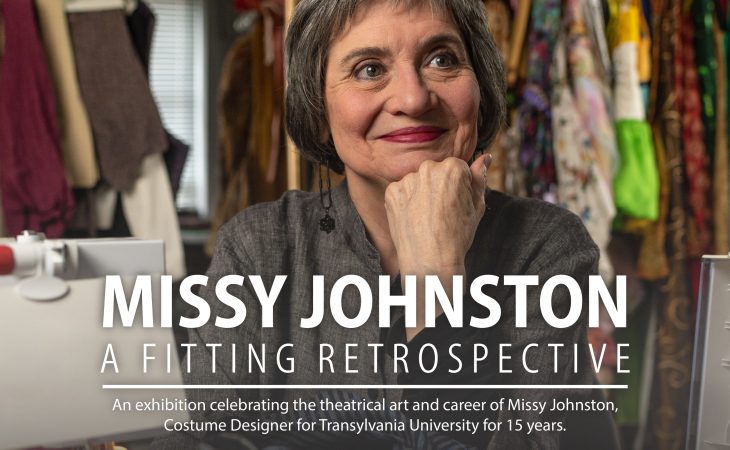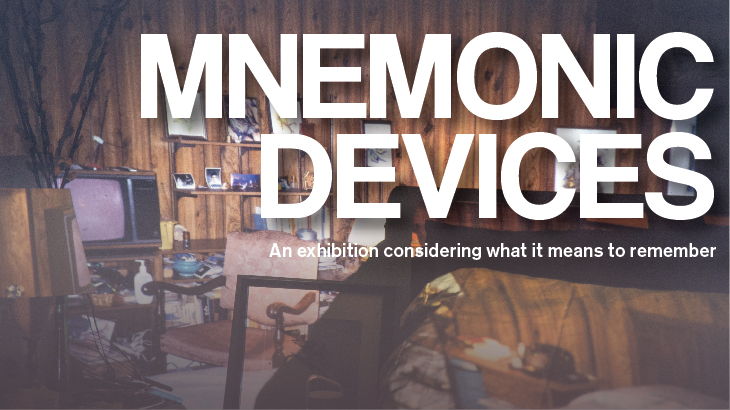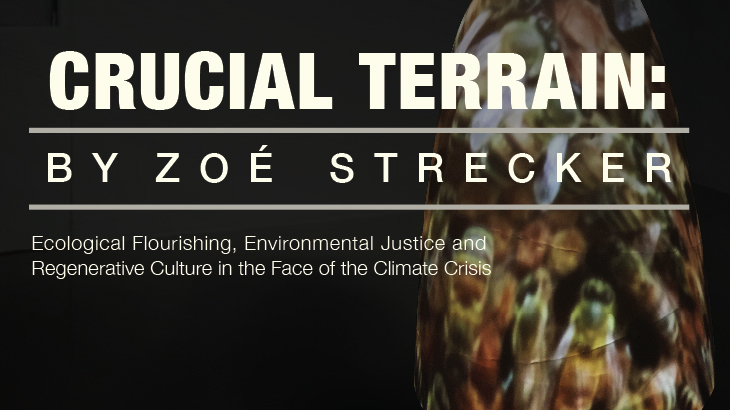An exhibition considering what it means to remember
Oct. 24‑Nov. 22
Curated by Emily Goodman — Associate Professor of Art History
Memory is more than just a psychological phenomenon. How we store and recall information, experiences, and data informs how we understand and navigate the world around us. Throughout human history, various techniques and technologies have emerged to help aid our memory ranging from mythological narratives designed to pass on oral histories, written texts documenting our lived conditions to images that capture the ethos of a particular moment, and digital tools that provide us with multiple millennia’s worth of human knowledge at the stroke of our fingertips.
Of all of the “mnemonic devices” that we have come to implement to help enhance our collective remembering, no tool has had such an indelible impact on how we understand memory than the photographic image. So ubiquitous is the relationship between photography and recollection that we even have a term specifically used to describe the phenomenon of nearly perfect recall: the photographic memory.
This exhibition seeks to examine how the photograph — both the still and moving image — has shaped what and how we remember. In particular, this show will examine what it means to remember and whose memories we value. Works in this exhibition will consider different forms of memory and will explore how photography and video shape our understanding of our past — individually and collectively, socially and politically.
Exhibition Programming
- Joekenneth Museau film screening and artist talk: Oct. 17 6‑7 p.m. in Carrick Theater
- Michael Mandiberg artist talk — DLA Speaker: Nov. 1, 6‑7 via Zoom – View/Register Here
- Gallery Hop/Closing Reception: Nov. 18, 5‑8 p.m. in Morlan Gallery
- Curator Talk by Professor Emily Goodman 6‑7 p.m.



